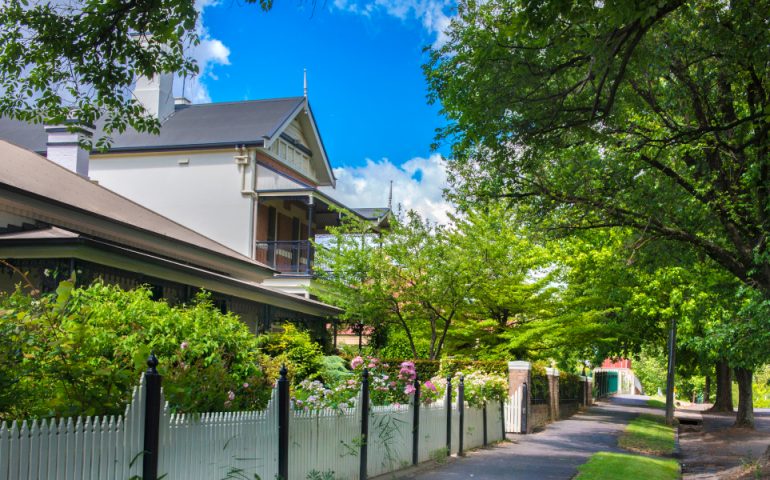“Access to finance continues to constrain lending for the purchase of a new home,” said Tim Reardon, HIA’s Chief Economist.
The ABS has released Lending to Households and Businesses for February 2019. This publication presents statistics on housing finance commitments including for the purchase or construction of new dwellings.
“Overall housing finance commitments for construction and purchase of new homes are now 14.1 per cent lower than they were in February 2018,” added Mr Reardon.
“Despite the trend of the last year lending to households rose by 2.6 per cent in the month of February (2019). This increase is consistent with the small rise we saw in new home sales in February (2019).
“After five years of a sustained building boom, market confidence fell away in the later part of 2018 as dwelling prices corrected, adversely impacting all segments of the market. Investors and owner occupiers are delaying purchase decisions and foreign investment has also fallen dramatically for numerous reasons.
“Our expectation is that the credit squeeze will ease over the course of 2019 and we are hopeful that this is an early sign that the fall in lending will be modest by historical standards.
“The pipeline of building work which had expanded over recent years has shrunk over the past 6 months as the volume of work entering the pipeline fell away.
“The home building industry has driven economic growth in Australia since the end of the resources boom. As the housing boom cools the industry will be reliant on a strong national economy to ensure that this is a relatively shallow downturn,” concluded Mr Reardon.
Looking around the country: Lending to owner-occupiers building and purchasing new homes in the three months to February 2019 compared with the previous quarter were down in all states: NSW down by 21.0 per, Victoria down by 17.6 per cent, Queensland down by 20.5 per cent, South Australia down by 10.8 per cent, Western Australia down by 17.8 per cent and Tasmania down by 17.0 per cent.
Source: HIA

